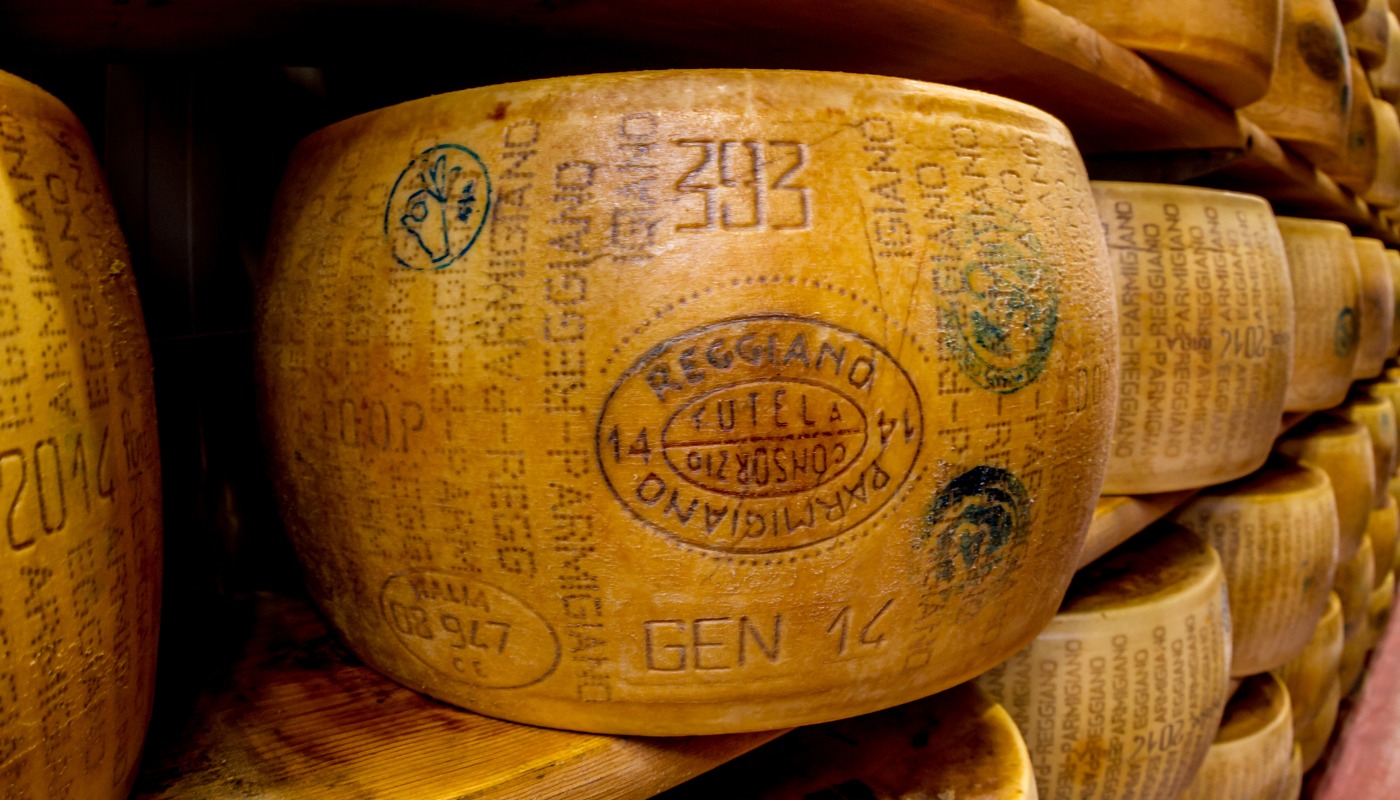
Exploring the benefits of geographical indications
Validating the regional origins of celebrated products by means of geographical indications (GIs) is not simply a matter of domestic pride — it can also help strengthen those goods' Intellectual Property (IP) protections by adding an additional layer of certification.
Though there are numerous sub-categories and nationally specific variants, the primary definition of the GI concept is not particularly complex. According to the World Intellectual Property Organization (WIPO), a GI is "a sign used on products that have a specific geographical origin and possess qualities or a reputation that are due to that origin." Of course, as with so many aspects of IP law and regulatory standards, the conditions by which an individual or organization can obtain a valid GI vary significantly between jurisdictions.
If you would like to establish GI protection for your goods, it is essential to know the ins and outs of how they work, particularly in the jurisdictions most relevant to your business.
How GIs work
The earliest international recognition of the IP we know today as a GI can be found in Article 1(2) of 1883's Paris Convention. It cites the terms "appellations of origin" and "indications of source" as key attributes of all agricultural, manufactured and industrial property.
In spite of this treaty, the fundamental tenets of this type of protection would not be codified in any binding law until France passed the Law Relating to the Protection of Appellations of Origin in 1919. This legislation, still on the books following numerous revisions over the years, established that certain products could only carry protected appellations if they were produced in designated areas of the country. Though Champagne is the most famous product that is protected by what the French now call an appellation d'origine contrôlée (AOC), a cheese beat it to the punch by 11 years: Roquefort has been a protected designation in France since 1925.

Wines are the archetypical goods protected by GIs. Their qualities, characteristics or reputation are essentially due to unique environmental and human factors in their places of origin: climate, soil conditions, traditional production methods and so on.
The 1919 law serves as the foundation for the majority of modern GI regulations, which share many common provisions:
- Many GIs or appellations are place names (e.g., Champagne, Gorgonzola, Bordeaux, Roquefort, Côtes du Rhône). They certify that the associated goods are products solely of the named regions.
- That said, a GI certification does not need to be the name of a place. For example, mezcal does not come from a Mexican region named "Mezcal," the name instead deriving from an Aztec word meaning "cooked agave." However, it must still define the appropriate region; in the case of mezcal, it can only be produced in certain Mexican states.
- GIs can also certify that the products bearing their labels have certain unique characteristics. Portuguese Vinho Verde wines are known for their high mineral content and acidity, contributing to their fresh taste. Parmigiano-Reggiano cheese is famed for its nutty, earthy flavor and crumbly texture, while Modena balsamic vinegar is prized for its intense sweetness and syrupy consistency. Meanwhile, the stipulations surrounding Champagne production cover everything from aging procedures and grape-press yields to minimum alcohol content.
- Lastly, geographical attributes must contribute to the quality of the product. The Black Iberian pigs used for Jamón Ibérico only thrive due to the environmental conditions of the few Spanish regions where they are found. Likewise, Prosciutto di Parma can only come from the province of Parma in north-central Italy, where a distinct microclimate created by the Apennine Mountains and the Adriatic Sea offers ideal conditions for the 12-to-36-month dry-curing process. Another Italian delicacy, Modena balsamic vinegar, takes even longer to produce, needing to be aged for a minimum of 12 years. The grapes for this famous fare are grown exclusively in Modena and Reggio Emilia provinces.
To obtain a GI for a specific product, you will typically need to work with trade organizations and government agencies.
- For example, an up-and-coming winery located in France's Champagne wine region would have to, at minimum, establish a relationship with the Comité Interprofessionnel du vin de Champagne (CIVC) and then register with the Institut national de l'origine et de la qualité (INAO) of France's Ministry of Agriculture.
- The new winery would also want to be covered by the EU's protected designation of origin (PDO) scheme and register its name and branding elements as French trademarks or European Union trade marks (EUTMs).
- In the United States, GI protection functions as a subset of trademarks which means suitable marks need to be created and registered with the United States Patent and Trademark Office (USPTO) to protect the origin of goods.
- Finally, depending on the product, other parties might be involved. For example, a new winemaker in one of the American Viticultural Areas (AVAs) would need to work with the Tax and Trade Bureau (TTB) of the Treasury Department and regional trade groups representing neighboring wineries.
What GIs can do
To be clear, a GI label does not confer the same protection as an IP right such as a trademark in many jurisdictions. Other than in nations like the United States, where the GI process starts with trademarking, a trademark is typically a separate element of a product's overall IP protection.
That being the case, establishing official GI designation has an impact that, in effect, is something like a combination of a trademark and a certificate of authenticity. In this way, you identify your product with a region that is esteemed for quality or craft and imply that it is made according to the traditional knowledge of its inhabitants. Often, this is a source of local and national pride; and for products like Kobe beef or Châteauneuf-du-Pape wine, international renown. If standards of production are attached to a particular GI, the label may also function like a certification mark similar to those issued to organic foods.

A famous GI can be an invaluable asset in both national and international markets. The prestige attached to a protected appellation carries built-in marketing value, lifting a local specialty head and shoulders above similar goods from elsewhere.
Even more importantly, a GI can serve as an incredibly effective marketing tool. Café de Colombia, for example, is not only a protected geographical indication (PGI) under EU regulations but also a registered trademark in multiple jurisdictions. The Colombian Coffee Federation (FNC) used their trademark — a distinctive logo featuring a fictional grower named Juan Valdez and the words "Café de Colombia" — to turn around a massive drop in coffee prices during the 1950s and ensure the nation's coffee would be among the world's best-known varieties for decades to come. GIs for more exclusive goods such as Jamón Ibérico, Kobe beef or Mozzarella di Bufala Campana can virtually guarantee their producers' ability to set comparatively high prices, confident that global consumers will be willing to pay a premium for unique character.
Last but certainly not least, GIs present additional means of recourse in infringement cases. A Champagne vineyard, for example, can bring legal action against a counterfeiter or infringer not only as an independent party but also with the backing of the CIVC.
GI protection across jurisdictions
Although the general principles of what a GI entails are broadly uniform around the world, there are key differences that must be considered by anyone looking to secure this form of IP right for their goods.
As mentioned earlier, the United States is the most prominent outlier in that GI protection is obtained and enforced almost entirely through the country's trademark system rather than as a distinct registration.
More often than not, a GI is available as a sui generis right. That being said, a GI lacking a trademark registration will not be nearly as well protected as one that has such a mark to accompany it.
Once GI protection is established in one jurisdiction, it can sometimes be extended to others, for instance, among the 56 countries that follow the WIPO's Lisbon System or those that are party to the Trade-Related Aspects of Intellectual Property Rights (TRIPS) Agreement. Naturally, thoroughness is the wisest policy here, and obtaining both GI rights and trademarks in all jurisdictions relevant to your business is the best course of action.
Ultimately, a GI is both means and proof of consumer recognition and, as such, a highly prized certification. The experts at Dennemeyer can guide you through the complexities of trademark filing and GI regulations so that you can establish the most secure legal protection possible for your IP.
Filed in

Developments in branding and new regulations are placing a multitude of demands on in-house lawyers.



